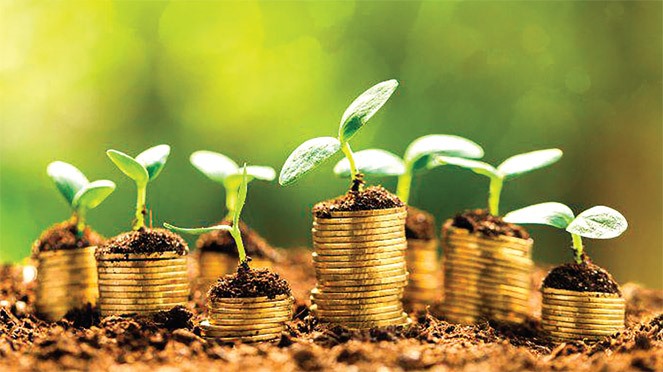Viet Nam has made significant progress in banking reforms to expand sustainable lending, says the first comprehensive Global Progress Report of the Sustainable Banking Network (SBN), released on February 26.

Viet Nam has made significant progress in banking reforms to expand sustainable lending, says the first comprehensive Global Progress Report of the Sustainable Banking Network (SBN), released on Monday.
SBN’s 34 member-countries, with US$42.6 trillion in bank assets accounting for over 85 per cent of total bank assets in emerging markets, have initiated sustainable finance reforms at different stages, from commitment to reforms to changing domestic banks’ lending practices.
Viet Nam, together with seven other countries – Bangladesh, Brazil, China, Colombia, Indonesia, Mongolia and Nigeria – have reached an advanced stage where large-scale reforms have been implemented and systems have been put in place to measure results.
These reforms require banks to assess and report on environmental and social (E&S) risks in their lending operations and put market incentives in place for banks to lend to green projects.
“This progress is an important step towards achieving the Sustainable Development Goals by 2030,” said Ethiopis Tafara, International Finance Corporation’s Vice President for Legal, Compliance Risk and Sustainability.
“It shows that both middle- and low-income countries can adopt sustainable finance reforms. SBN has demonstrated in a short time how much can be achieved when regulators, policymakers, trade associations and development institutions collaborate to advance sustainable finance,” he said.
The report, providing practical indicators and tools for countries to apply to their own domestic markets, recognises the efforts of the State Bank of Viet Nam (SBV), including the Directive on Promoting Green Credit Growth and E&S Risks Management in Credit Granting Activities released in 2015.
The directive seeks to promote green economy and encourages all credit institutions to incorporate E&S risks into their transactions. It covers the banking sector but can be extended to other financial activities, such as insurance and asset management.
In addition to this, SBV’s efforts, including training programmes on sector-specific E&S checklists, have provided specific guidance to banks in managing E&S risks in 10 high-risk sectors. To further stimulate green lending, SBV has released a Green Project Catalogue that defines green sectors and plans to publish guidelines on reporting green finance flows. It is also considering additional financial incentives, such as a grant programme, to increase green lending.
“For the first time, the report provides a concrete picture of what Viet Nam has been doing in the area of sustainable finance reforms,” said Ha Thu Giang, deputy director of SBV’s Department of Credit Policies for Economic Sectors.
“We appreciate that the report also identifies areas of further focus for Viet Nam to continue to promote growth of finance for green projects,” Giang said. – VNS





